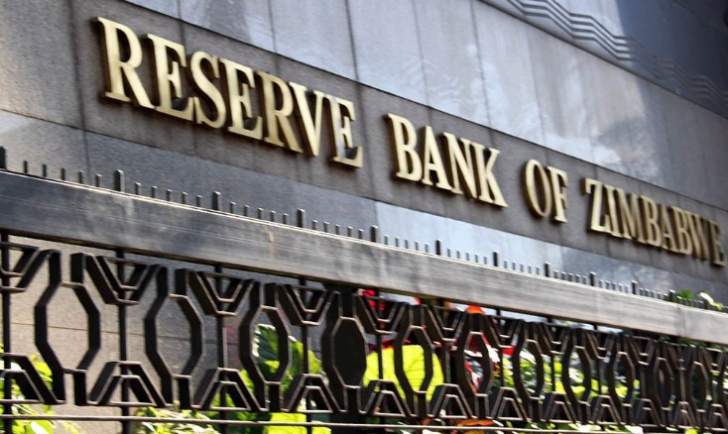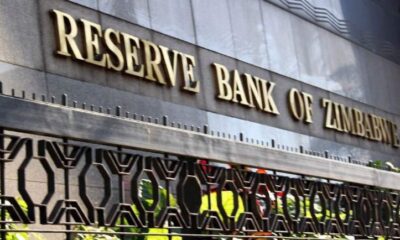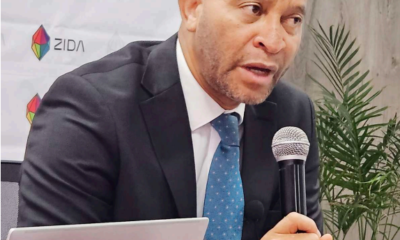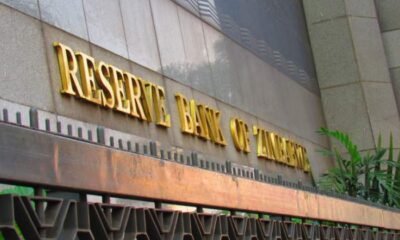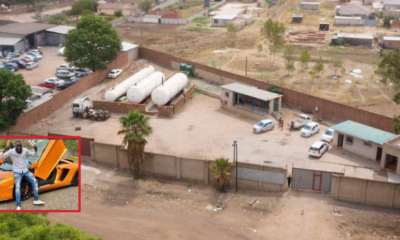NATHAN GUMA
ZIMBABWE’S insatiable borrowing appetite has been identified as a key driver of unsustainable debt amid a notable increase in resource-backed loans and quasi-fiscal activities between 2010 to 2023.
This has heightened calls for governance reforms.
The country’s debt has been soaring, reaching US$18.03 billion in 2022, with external debt constituting 70.9% (US$12.8 billion) while domestic debt is 28.7% (US$5.2 billion).
With no budgetary support from traditional lenders such as international financial institutions due to non-payment of arrears, Zimbabwe has been mainly relying on grants, bilateral loans, particularly from China, and domestic resources to finance its key capital projects.
However, a report by an international civic society grouping, the African Sovereign Debt Justice Network (AfSDJN), has shown that Zimbabwe’s indebtedness has been worsening, with the country borrowing using resources as collateral.
This has raised the risks of the country losing its valuable resources should there be a default in repayments of the debts.
“The AfSDJN calls upon the Zimbabwean government to curb its borrowing appetite and adopt responsible borrowing practices in order to arrive at a sustainable debt stock. International re-engagement remains important and can be achieved through a strong commitment to the proposed economic, governance, and land-related reforms,” reads the report.
In December 2023, Zimbabwe was reported to be using the proceeds of its platinum exports to settle a US$400 million loan from the African Export-Import Bank (Afreximbank).
The government had signed the US$400 million loan for budget support and the financing of trade-related infrastructure in February 2023, which carries a 10.2% interest rate and matures in six years, with the borrowing cost increasing to 12.2% in the event of default.
The government has also sourced more resource-backed loans.
In 2019, the Reserve Bank of Zimbabwe secured a US$500 million loan from the African Export-Import Bank in a bid to stabilise the country’s currency market.
Platinum production was offered as collateral for the US$500 million loan facility.
The loan was litigated on the grounds that it had been awarded without parliamentary approval.
“While the courts did not order the loan’s cancellation, as originally sought in that case, by a consent order between the government and the plaintiffs in that case, the court ordered the publication of the loan terms which had not been disclosed to the public,” reads the report.
“These RBLs, which constitute a form of contingent debt, are dangerous as they exert dire socio-economic impacts by fuelling corruption and unsustainable resource extraction, with little to nothing to show in developmental terms.”
In 2011, the government had also sought a US$98 million resource-backed loan in the construction of the National Defence College.
The loan was leveraged by diamonds from Marange. AfSDJN also said Zimbabwe’s position has been worsened by quasi-fiscal activities.
“The World Bank has also advised the Reserve Bank of Zimbabwe to cease all quasi-fiscal operations and unbudgeted expenditures. The World Bank recently advised the RBZ to transfer US$3.6 billion of its total external liabilities to the Treasury as soon as possible, since it had only transferred US$1.8 billion,” reads the report.
“In 2022, renowned American economist Steve Hanke argued that the central bank’s quasi-fiscal actions, which had added to the country’s debt of more than $20 billion, were primarily responsible for the currency distortion observed in both the official and alternative FX markets.”
While Zimbabwe has had years of blocked prospects of future funding, this has not stopped the country from trying to outsource new loans from new creditors. According to the report, the government is negotiating a US$100 million loan from the United Kingdom’s Broughton Capital.
Treasury is also speaking to Dinosaur Merchant Bank, another lower-tier UK investment bank, for another US$125 million.
In early 2023, South African banks ABSA and Standard Bank announced that they were to raise US$193 million for the construction of hospitals and clinics in Zimbabwe.
This loan is expected to start coming through in 2024, with US$105 million to be disbursed.
The loans will be used to pay UK-based infrastructure company NMS, which has already built two clinics in Cowdray Park in Bulawayo and Stoneridge in Harare.
The two projects were paid for by the government under an initial US$25 million phase of the project.
“The contraction of more loans by a country already in debt distress and experiencing debt overhang only perpetuates an unhealthy debt cycle. A closer analysis of the country’s 2023 Public Debt Report shows that the primary drivers of public debt in Zimbabwe are arrears and penalties on already existing debts,” it reads.
“In the context of the existing 12.2% penalty rate imposed by the French COFACE, and the 10.5% penalty rate levied by the European Investment Bank, the government’s insatiable appetite for more debt is clearly a sign of irresponsible and reckless borrowing tendencies. These are the highest penalty rates faced by Zimbabwe by bilateral creditors and multilateral creditors, respectively.”
